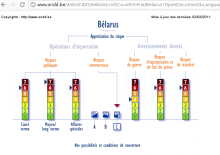Everything you can not do with a Windows Phone 7
 Three days ago, I got my hands on the HTC Trophy 7 running Windows Phone 7. Until now, I played occasionally with Android, but never used a smartphone.
Three days ago, I got my hands on the HTC Trophy 7 running Windows Phone 7. Until now, I played occasionally with Android, but never used a smartphone.
Here's a list of things I'd like to do on the smartphone:
- Transfer the contacts from the old Nokia phone
- Listen to music and audio books from the local collection
- Read books from Flibusta
In the process, I'd rather not to reveal too much personal information to Microsoft. The wishlist looks simple, huh? Let's see what I managed to do.






